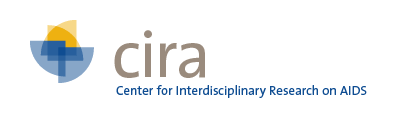| Title | Strange bedfellows: the Catholic Church and Brazilian National AIDS Program in the response to HIV/AIDS in Brazil. |
| Publication Type | Journal Article |
| Year of Publication | 2011 |
| Authors | Murray, Laura R., Jonathan Garcia, Miguel Muñoz-Laboy, and Richard G. Parker |
| Journal | Social science & medicine (1982) |
| Volume | 72 |
| Issue | 6 |
| Pagination | 945-52 |
| Date Published | 2011 Mar |
| ISSN | 1873-5347 |
| Keywords | Anthropology, Cultural, Brazil, Catholicism, Cooperative Behavior, Female, HIV Infections, Humans, Interviews as Topic, Male, National Health Programs, Policy Making, Religion and Medicine |
| Abstract | The HIV epidemic has raised important tensions in the relationship between Church and State in many parts of Latin America where government policies frequently negotiate secularity with religious belief and doctrine. Brazil represents a unique country in the region due to the presence of a national religious response to HIV/AIDS articulated through the formal structures of the Catholic Church. As part of an institutional ethnography on religion and HIV/AIDS in Brazil, we conducted an extended, multi-site ethnography from October 2005 through March of 2009 to explore the relationship between the Catholic Church and the Brazilian National AIDS Program. This case study links a national, macro-level response of governmental and religious institutions with the enactment of these politics and dogmas on a local level. Shared values in solidarity and citizenship, similar organizational structures, and complex interests in forming mutually beneficial alliances were the factors that emerged as the bases for the strong partnership between the two institutions. Dichotomies of Church and State and micro and macro forces were often blurred as social actors responded to the epidemic while also upholding the ideologies of the institutions they represented. We argue that the relationship between the Catholic Church and the National AIDS Program was formalized in networks mediated through personal relationships and political opportunity structures that provided incentives for both institutions to collaborate. |
| DOI | 10.1016/j.socscimed.2011.01.004 |
| Alternate Journal | Soc Sci Med |


